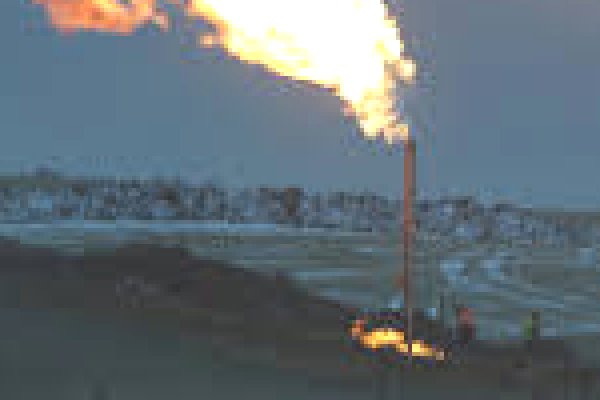Bakken Oil and Gas Sponsors may have to Cut Oil Production

Just this week, the Oil & Gas Division of the Department of Mineral Resources, an agency of the North Dakota Industrial Commission, held a special hearing regarding a newly-adopted policy on reducing gas flaring.
North Dakota operators currently flare 36% of the gas produced because development of infrastructure has not been able to keep pace with drilling. This compares to less than 1 percent from all oil fields in the country according to the U.S. Energy Department.
Gas flaring is common and producers are able to flare gas for one year without paying taxes on it. Extensions beyond a year are often granted for companies that ask.
Many residents have concerns about the impacts of flaring. Some complain about the noise it creates, while others wonder what effects it could have on their health and the environment.
Over 100 people attended the special hearing this Tuesday and 23 testified before the panel according to Alison Ritter, Public Information Office for the Department of Mineral Resources.
The commission, in an earlier press release, sought input on the following list of questions:
- Length of time wells should be allowed to produce at maximum while flaring?
- What production rate restrictions are appropriate for wells connected to gas gathering or beneficial uses?
- What types of administrative approval of exemptions from production restrictions are appropriate?
- What consideration should be given to ambient air quality regarding production rates or restrictions?
- Should production rates and restrictions be adjusted for well economics and percentage of gas captured by well site, field-pool, region or operator?
- Should production rates for wells not connected to gas gathering or beneficial uses be reduced in stages or set at a low rate after payout?
Ritter says, “The hearing panel will evaluate the testimony and hope to have a recommendation for an administrative order to bring to the commission in the next few months.”
Several direct energy investment sponsors are active in North Dakota, namely the Williston Basin.